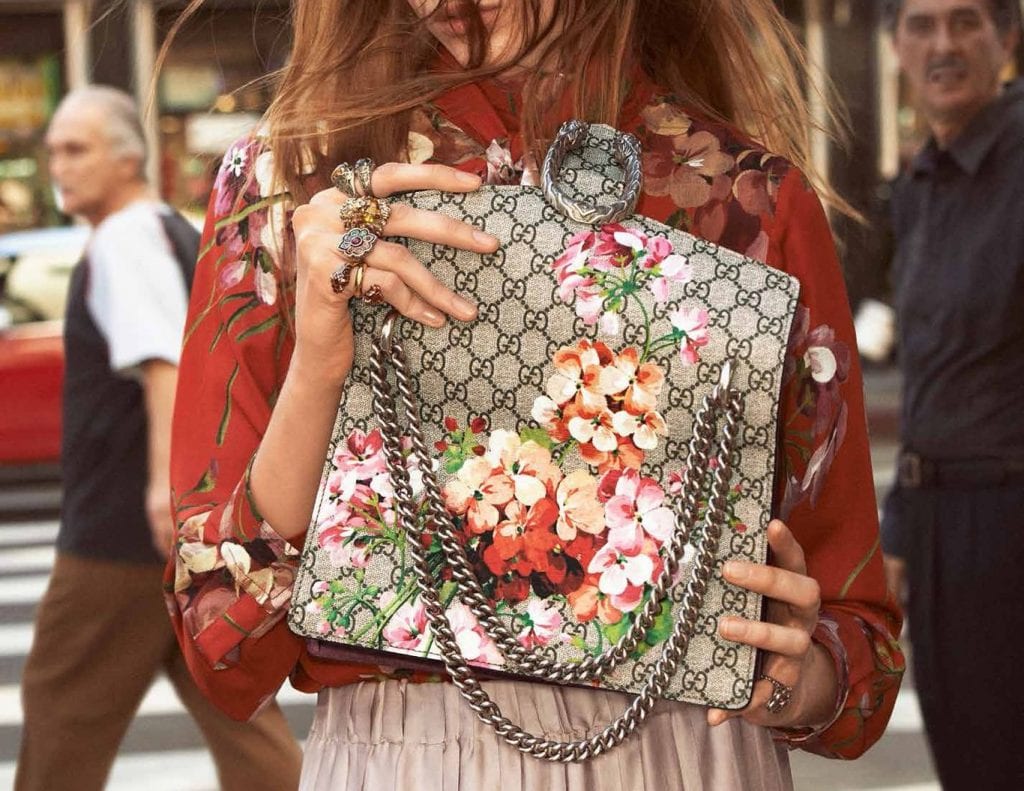In an effort to assist consumers in distinguishing between the various different products they offer, as well as differing styles, cuts, washes, etc. within a collection, brands assign style names to their garments and accessories. Used in a manifold of ways, style names may be located on the labels sewn in the inside of garments, printed on hangtags or included in the product descriptions on their e-commerce sites. At the same time, they can be promoted as hashtags by brands – and ideally, their customer bases – on social media, or included in the copy of an ad campaign.
While style names are extremely common in the fashion business, something that no small number of companies fail to realize is that the use of style names involves legal risks, particularly since many of those names are already registered as trademarks, which may give rise to conflicts. Germany, for instance, has become a popular venue for disputes involving style names in recent years. (Other jurisdictions have also seen an influx of style name-specific cases in recent years – from those tied to swimwear brand Triangl’s stable of offerings to a case over a style name used by Kylie Jenner’s $1 billion beauty venture Kylie Cosmetics).
Interestingly, only comparatively few claims are raised by actual competitors, and instead, they are initiated by trademark owners that are trying to benefit from the peculiarities of German civil procedure and trademark law by monitoring the market for possibly infringing style names in order to collect legal fees and damages. In many cases, these trademark holders will threaten to sue other companies in the distribution chain, including a brand’s authorized retailers, in order to put pressure on the fashion brand, itself, to settle the matter regardless of the merits of its claims.
Infringing Use or Mere Designation?
According to European case law, the owner of a trademark may oppose the use of a sign identical with the trademark for goods identical with those for which the trademark is registered only ifsuch allegedly infringing use is likely to negatively impact one of the functions of the trademark, namely, its ability to distinguish the source of the trademark holder’s products/services. Whether a style name is perceived by consumers as an indicator of source (i.e., a trademark) that enables them to distinguish the goods/services of one company from those of another or whether it is used as a reference to differentiate between one brand’s own styles is a critical inquiry and one that may give rise to considerable debate.
In fact, many styles names have become well-known in their own right over time. Handbag names, such as Louis Vuitton’s “Speedy,” Gucci’s “Jackie” and “Dionysus,” the latter of which was Alessandro Michele’s first official bag in his role as creative director, and Hermès’ uber-famous “Birkin” and “Kelly” names, are demonstrations of this. Correspondingly, the case law of the German instance courts on whether the unauthorized use of a mark as a style name constitutes trademark infringement use has not been uniform.
This is particularly true given that German law allows for forum shopping, and as a result, trademark owners have usually sought the assistance of courts in Hamburg and Frankfurt, which have regularly assumed that style names are understood by the relevant public as an indication of origin and thus, as (secondary) trademarks.
The situation is complicated further by the fact that the cease and desist letters in these cases are often sent by companies that do not actually manufacture or sell clothing or accessories, or that are – at the very least – not well known for their offer making and selling of apparel and accessories. Instead, they tend to merely hold trademarks and engage in enforcing their rights to collect attorney fees and damages, not unlike the operation of patent trolls (or non-practicing entities) in the U.S. In most cases, these trademark holder usually will not let a party “off the hook,” so to speak, unless the alleged infringer issues a formal cease and desist declaration – complete with a contractual penalty clause, as is common practice under German law – and makes a payment to settle the case amicably.
To increase pressure, these claimants will raise the stakes by threatening to interfere with allegedly infringing fashion brand’s distribution system, including by sending warning letters to and/or suing their retailers.
Guidelines by the German Federal Court of Justice
Since at least some courts have taken an extremely rights holder-friendly approach and ruled against the fashion brands (seemingly regardless of whether their uses of the style names amount to trademark uses or not), these cases were – until recently – difficult to defend. The state of things has changed to some extent, however, thanks to the judgments of the German Federal Court of Justice in two such cases last year.
In these cases, the Federal Court of Justice clarified that the use of a distinctive and non-descriptive trademark as a style name does not, in itself, result in a determination that the style name is being used as a trademark. Instead, whether the style name is being used as a mere product designation (between a single brand’s products) or whether it is being used as an indicator of source must be determined on a case by case basis. Against that background, the Federal Court of Justice has established some general guidelines for assessing whether a style name is used as a trademark – or not – in an individual case …
First names used by several manufacturers as style names or particularly common first names – According to the Court’s previous case law, these types of names may be understood by the public as mere model designations. At the same time, however, the Court has held that it cannot be assumed from this that less common first names are always understood as to be acting as trademarks;
Directly affixed to the product – The public will typically see a word/name that is directly affixed to the product (e.g. on a label sewn in the inside of the waistband, on a leather piece attached to the outside of the waistband, or prominently placed on a garment or accessory) as a trademark;
Use on hangtags – The printing of a style name on hangtags attached to the garment may also be understood to act as a trademark depending on the circumstances (including specific placement, size of the text, etc.); and
Use in sales offers, (e.g. in catalogues or on the internet) – If the sign is used in a sales offer (e.g. in a catalog or on the internet), the offer as a whole and the character of the mark must be considered. If it can be assumed that the style name is well known, there is a strong argument in favor of using it as a trademark, regardless of the further circumstances. Even if the style name is not known, use as a trademark can be assumed, particularly if the style name is used in direct connection with the manufacturer’s brand name. In addition, an eye-catching emphasis speaks to use as a trademark.
As is often the case, the devil is in the details when it comes to distinguishing between the use of style names as trademarks and as mere model designations. While it is relatively clear that use of a style name on a product, itself, can often be assumed to be trademark use, recent decisions by the courts illustrate that in instances of advertising, all of the details of the advertising campaign or offer have to be taken into consideration. This includes the overall layout of the ad and the relationship of the mark at issue to the manufacturer’s brand, as well as further designations such as price, size, product description, and delivery modalities. Nevertheless, the guidelines developed by the German Federal Court of Justice open up considerable room for argument for fashion brands on the receiving end of such threats of litigation or actual litigation proceedings.
As far as preventive measures are concerned, fashion companies that are using hundreds or even thousands of style names, worldwide trademark clearance is rarely an option in light of the considerable costs involved. However, as if often the same, certain style names become an important element of a company’s business, likely in connection with best-selling or other staple products, as has been the case for Louis Vuitton’s Speedy or Hermès’ Birkin. In instances like this, it is worth seeking trademark registrations for those names, which is precisely what Louis Vuitton and Hermès have done.
Additionally, compliance with a few simple rules when using style names based on the aforementioned German Federal Court of Justice’s guidelines can significantly minimize the risk of objections by third-party rights holders.
Dr. Sandra Mueller is a senior associate at Patton Squire Boggs, where she focuses on litigation in trademark, design and unfair competition disputes.














